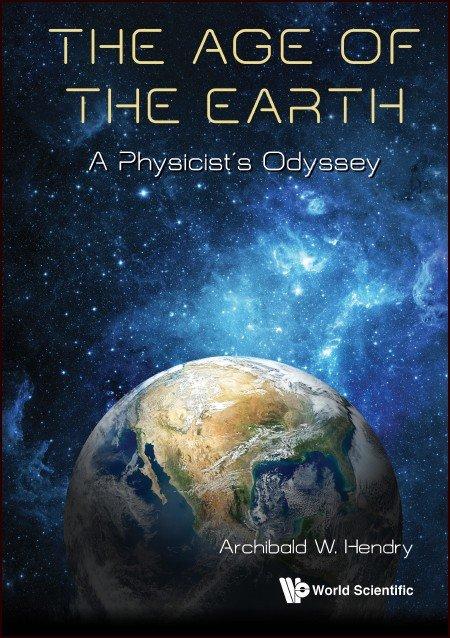
Credit: World Scientific
The Age of the Earth — A Physicist’s Odyssey spells out how the age of our planet has been determined over the years. What do you want to know? The result? Two diametrically opposite answers. They can’t both be right.
The first major attempt at calculating how old the Earth is, was done in the 17th century using biblical sources. We follow the Bible’s genealogical records explicitly, step by step, to show how the crucial date of Creation was determined to be 4004 BC, which makes the Earth about 6000 years old.
Next, we investigate the major scientific efforts made over the succeeding years – by interpreting the geological record of the rocks (James Hutton and Charles Darwin), by calculating how long it takes for an initially hot Earth to cool down (Lord Kelvin), and finally by using the properties of radioactive materials. Final answer? About 4.5 billion years.
The successive chapters provide all the details of each approach in a way that is accessible to a diverse readership. You can trace each step taken, for each line of investigation.
So, is the planet Earth young or old? You decide.
The Age of the Earth – A Physicist’s Odyssey,
This book retails for US$28 / £25 (paperback) and US$58 / £50 (hardback). To order or know more about the book, visit https:/
###
About the Author
Archibald Hendry is an Emeritus Professor of Physics. He has taught physics at all levels (from freshmen to advanced graduate), receiving numerous teaching awards.
Born in Scotland, Hendry received first class honours in mathematics and natural philosophy, and a doctorate at the University of Glasgow. Most of his career has been in the US, his research area being primarily quark physics and high energy collisions.
He captained the first university soccer team at UCSD, and subsequently coached boys’ and girls’ soccer and Little League baseball.
About World Scientific Publishing Co.
World Scientific Publishing is a leading international independent publisher of books and journals for the scholarly, research and professional communities. World Scientific collaborates with prestigious organisations like the Nobel Foundation and US National Academies Press to bring high quality academic and professional content to researchers and academics worldwide. The company publishes about 600 books and over 140 journals in various fields annually. To find out more about World Scientific, please visit http://www.
For more information, contact Andreea at [email protected].
Media Contact
Andreea Zaharia
[email protected]
Original Source
https:/




